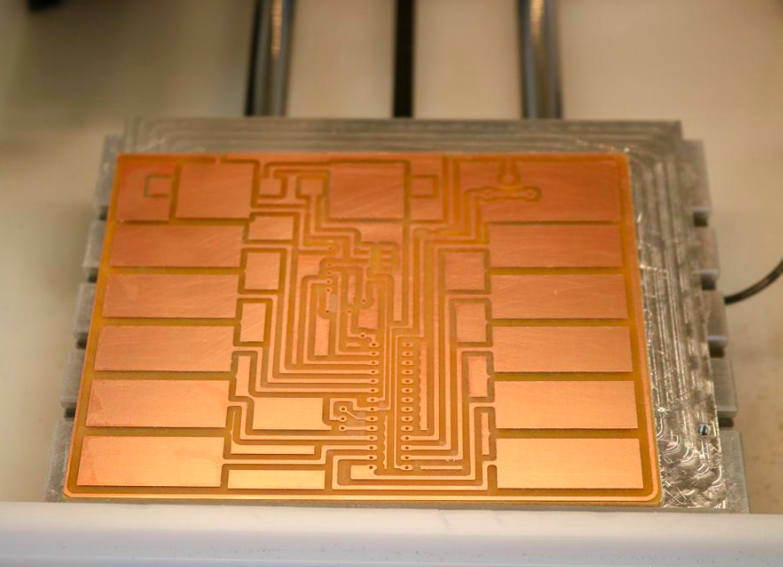Best Cleaning Practices for PCBs
Last week, on our Instagram page, one of our community members asked what the recommended technique is for cleaning up PCBs after milling one on the precise Bantam Tools Desktop PCB Milling Machine. While we responded to the thread, we thought this information could be useful to more folks out there. If you've ever wondered that same question, this post is for you.
First and foremost, the best way to prevent burrs and rough edges on your PCBs is to use a sharp end mill.
Beyond that, here are some further steps you can take.
First, clear any loose debris. This can usually be accomplished with a soft brush, like the one pictured above. Gently move the brush in a circular pattern through all the grooves of the PCB and along the edges. In addition, try running a vacuum across the finished PCB. This safely gets any dust off the board.
Caution: If you use compressed air, the dust can get in your eyes and into your lungs if you aren't wearing proper safety equipment. This is why we don't recommend blowing on the board, which can be particularly hazardous if trying to clean FR-4, which contains fiberglass. For milling FR-4 boards, we recommend installing the Bantam Tools FR-4 Milling System, which captures airborne dust and can greatly reduce the chemical risks involved with milling this material.
Gently move the brush in a circular pattern through all the grooves of the PCB and along the edges. In addition, try running a vacuum across the finished PCB. This safely gets any dust off the board.
To get out stubborn burrs, you can use a scouring pad, like the one pictured here.
Be careful not to press too hard with the scouring pad, as it can mar the finish on your PCB. Test your pad on a small section of the PCB or on a waste board to see how it'll work. Fine-grain sandpaper can also be used, but you run a greater risk of damaging the finish. Again, be gentle. Follow-up with a lint-free wipe and a bit of isopropyl alcohol.
For the outside edges, you can use a sharp X-Acto knife. Use caution. Cut on a flat, stable surface, and follow other common safety practices for working with sharp objects.
Got other questions or comments? We're always happy to help! Feel free to contact us at support@bantamtools.com. And for the latest, be sure to follow us on Facebook, Instagram, and Twitter.




